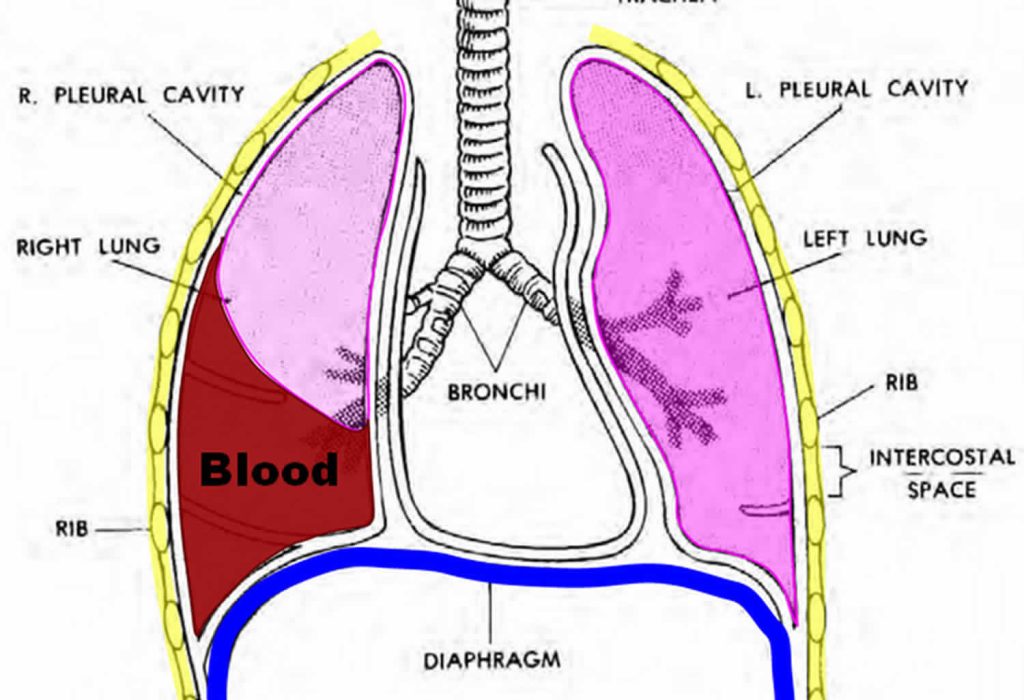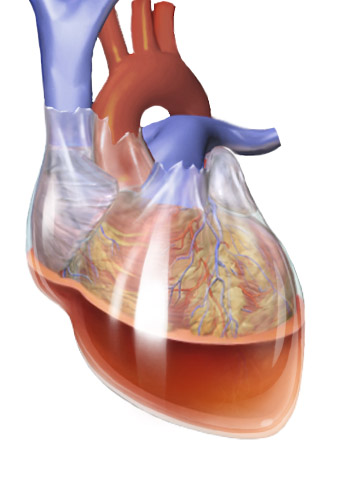Blunt Force Trauma To The Lungs & Heart
Published .
Paper Bag Syndrome

The easiest way to understand what blunt force trauma can do the lungs is paper bag syndrome. A patient is driving and suddenly is involved in a head-on collision. The patient braces for impact by tensing up muscles and breath holding. The impact of the patient’s chest with the steering wheel applies so much force to the chest, that one of the lungs bursts open inside the patient’s chest, leading to a closed pneumothorax.
The phenomenon is not without precedent. Some patients will experience a spontaneous pneumothorax. Spontaneous pneumothorax occurs when a patient has a weakened area in their lungs which at some point will burst open and result in a pneumothorax.
Hemothorax

Hemothorax is a frequent consequence of traumatic thoracic injuries. Hemothorax is a collection of blood in the pleural space, a potential space between the visceral and parietal pleura. The most common mechanism of trauma is a blunt or penetrating injury to intrathoracic or extrathoracic structures that result in bleeding into the thorax. Bleeding may arise from the chest wall, intercostal or internal mammary arteries, great vessels, mediastinum, myocardium, lung parenchyma, diaphragm, or abdomen.
Cardiac Tamponade

Cardiac tamponade is a medical or traumatic emergency that happens when enough fluid accumulates in the pericardial sac compressing the heart and leading to a decrease in cardiac output and shock. The diagnosis of cardiac tamponade is a clinical diagnosis that requires prompt recognition and treatment to prevent cardiovascular collapse and cardiac arrest.
Cardiac tamponade is caused by the buildup of pericardial fluid (exudate, transudate, or blood) that can accumulate for several reasons. Hemorrhage, such as from a penetrating wound to the heart or ventricular wall rupture after an MI, can lead to a rapid increase in pericardial volume. Traumatic causes (hemopericardium) require small volumes to causes hemodynamic instability versus pericardial effusions from medical causes such as malignancy where large volumes of fluid may accumulate in pericardial sac before patients become symptomatic.
